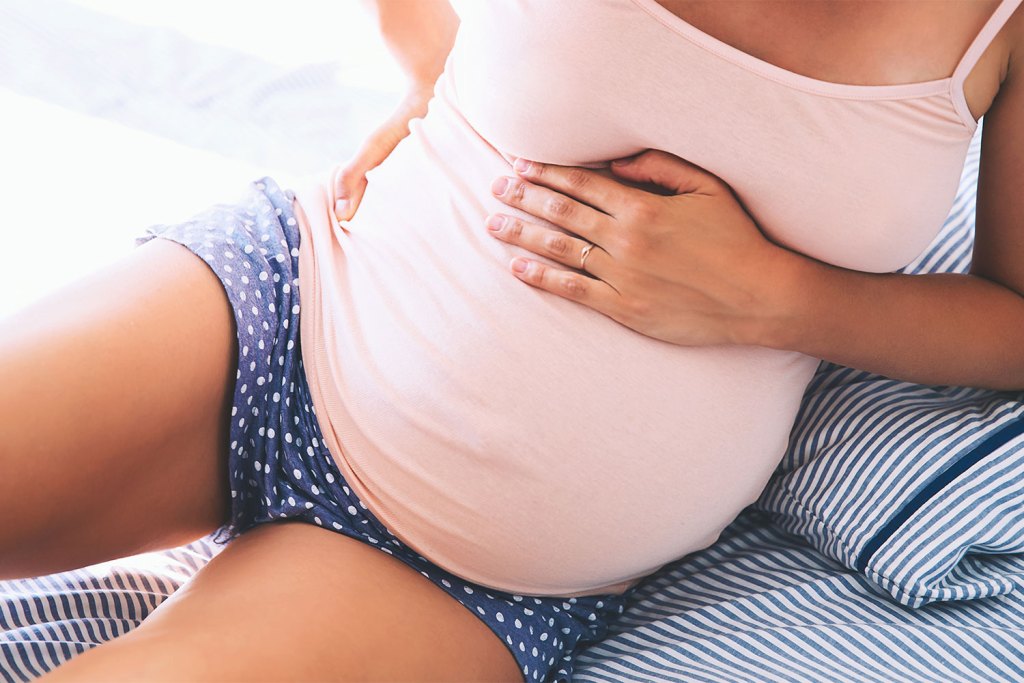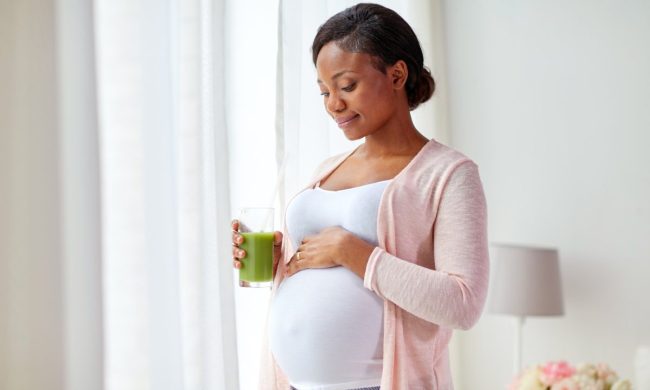As you approach your due date, you may begin to feel contractions that may or may not indicate that labor is imminent. Many people don’t know the difference between Braxton Hicks and labor contractions, and knowing how to time contractions properly can help determine the difference.
Timing your contractions properly is key for determining whether or not it’s time to head to the hospital. Many expecting parents believe that contractions are a sign that labor is about to start. The truth is that contractions are part of a long process that enables you to prepare your body for labor.
Here’s what you need to know about timing contractions.
What are contractions?

Your uterine muscles tighten and contract to help with cervix dilation before labor. The purpose of these muscle movements is also to help position your baby into the birth canal. These same muscles contract during menstrual cramps, and it’s possible to feel contractions early in your pregnancy.
When do contractions typically start?

It’s common to start experiencing contractions during week 16 of your pregnancy. If it’s not your first pregnancy, you might even experience contractions earlier. Labor contractions tend to feel more intense than the ones you experience earlier in your pregnancy. They can start a few days before labor but will typically reach their peak hours before you go into labor.
Best methods for timing contractions

The best way to time your contractions is to note what time they start. Write down the time when the contraction ends and recheck the time when the next one starts. This method helps you track the frequency and duration of your contractions.
Measure frequency and duration
There are different tools you can use:
- Check the time on a clock or phone and use a pen and paper to keep track of contractions.
- Get precise timing down to the second with a stopwatch or stopwatch app.
- There are free apps for tracking contractions
- Keep a contraction log
Your birthing team needs as much information as possible about your labor symptoms. There is no need to time every single contraction, but a contraction log with tracking for different time intervals can be useful.
Time contractions for 30 minutes, take a 30-minute break, and start again to see if there are any changes in frequency or duration.
It is important to time your contractions when you feel a change in intensity.
Look for patterns
Looking for patterns can help your midwife or physician determine if you’re close to going into active labor. Many expecting mothers experience a rise-and-fall pattern. Contractions get more frequent and intense for a while before letting up and starting again.
Here are different patterns you might notice:
- Contractions can be regular with similar duration and frequency.
- If frequency and duration vary, you’re experiencing irregular contractions.
- It’s common for a progressing pattern to emerge as duration and intensity increase.
- Non-progressing contractions can occur earlier in pregnancy. These contractions will get shorter and
- less frequent after a while. Their purpose is to help the baby shift position.
How to time contractions properly

A common mistake is to time contractions from the end of the first one to the beginning of the next one. It’s difficult to assess when a contraction ends, and this method won’t give you an accurate count. Don’t try to estimate the duration of your contractions without the help of a phone or watch. It’s tough to estimate how much time passes by when you’re in pain or uncomfortable.
When should you head to the hospital?

Contractions are a sign of early labor. This stage can last anywhere from 8 to 12 hours. Many factors can interrupt early labor. Your contractions might stop for some time and begin again the next day. During the early labor stage, your contractions will typically last from 30 to 45 seconds and happen every 5 to 30 minutes.
They will be mild, irregular, and will probably get stronger over time. Other symptoms like lower back pain are common during this stage, and your water might break. Keep track of your different symptoms and make sure you write down the time if your water breaks!
The purpose of contractions is to dilate the cervix. This process can take several hours. Active labor begins when cervix dilation reaches 4 to 10 cm or approximately 1.5 to 4 inches. You’ll notice a different pattern in your contractions when active labor is about to begin. They can last as long as 1 minute and should happen approximately every 3 to 4 minutes. Contractions will also feel more intense.
What’s the 5-1-1 rule?

There can seem like a lot to remember when it comes to deciphering contractions, especially if this is your first baby. You don’t want to rush to the hospital if you’re experiencing false labor, but you may also now know how to tell the difference.
The 5-1-1 rule can help you decide when you should plan for labor. This means that your contractions are coming every 5 minutes and are lasting for at least 1 minute, for 1 hour. At this point, you may also notice you’re leaking amniotic fluid, or you may have lost your mucus plug. These are all signs that labor has probably begun and you should seek medical care.
If it’s your first pregnancy, your initial instinct might be to head to the hospital when contractions start. You should wait until active labor begins. You’ll probably experience other symptoms at that time, including pressure in your lower back, sickness, and the urge to push.




